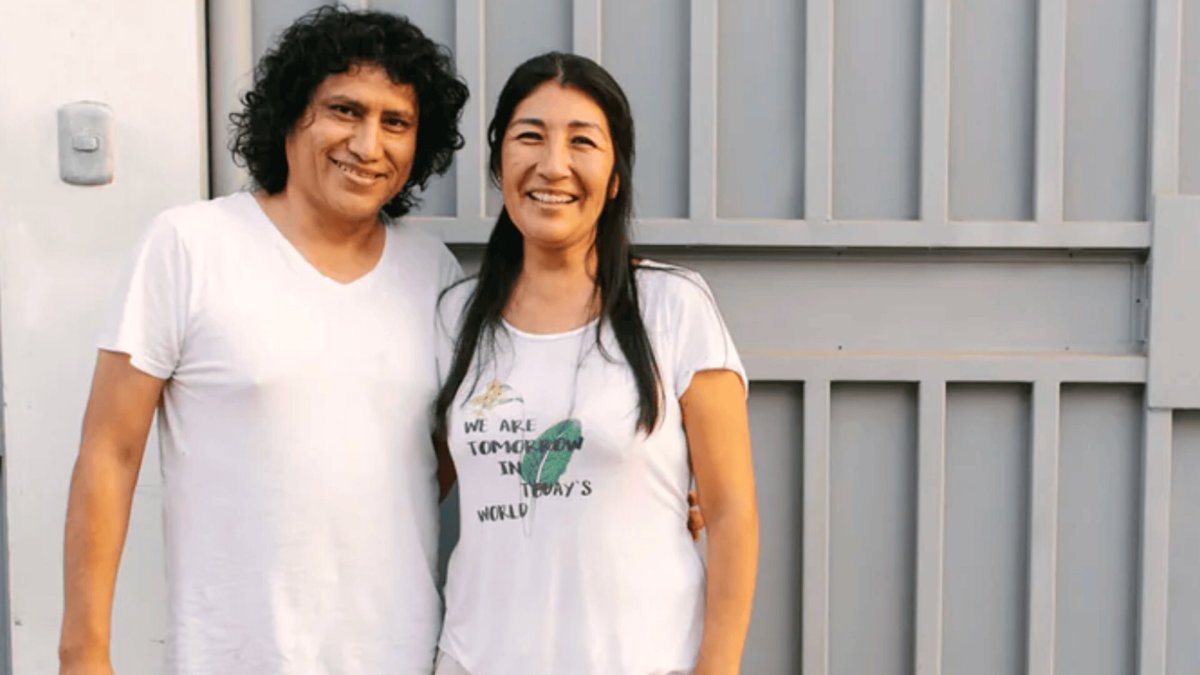Americans have had limited success when it comes to bringing the goods of the world to U.S. shelves at affordable price.
Some companies, like Starbucks, have managed to do so at a mass level. The coffee chain works with large farms in coffee-growing nations to bring boutique beans to its store.
But smaller models that rely on bringing artisan goods to the United States have a mixed track record. Still, it’s a noble idea, and Inca Boot Company, LLC, which does business under the name Fortress Shoes and formerly Fortress of Inca, certainly started with the best of intentions.
The company shared its mission on its website:
“In 2004, we discovered our first pair of Peruvian boots while backpacking through South America. The quality of the materials used and the craftsmanship that went into making them were immediately clear to us. This led us to bringing these handcrafted shoes to the United States.
“Since 2010, Fortress has worked with family-owned and operated factories and workshops to maintain the quality and craftsmanship that first inspired us all those years ago in Peru. We always ensure that the working conditions of the people who create our shoes are safe and that they are paid fair wages.”
Those are certainly noble goals, but the company has struggled, and it filed for Chapter 11 bankruptcy protection on Sept. 4 in U.S. Bankruptcy Court, Western District of Texas (Austin Division).

Image source: Inca Boots
Inca Boot Company files Chapter 11 bankruptcy
Inca Boots tried to operate under a simple matra.
“We believe the people that make our shoes are just as important as those that walk in them,” the company shared.
The company highlights various makers who produce its shoes and boots and shares its operating philosophy.
- Handmade in Peru: Peru has a rich history of creating quality, hand-crafted goods, and our shoes are no exception to this.
- Fair Trade: We focus on ensuring fair wages, gender equity, and good working conditions for all of our shoemakers.
- Timeless Design: We strive to create shoes that are refined and versatile, with an eye for classic silhouettes that will stand the test of time.
That clearly worked for a decade, but the company’s Chapter 11 filing suggests it has simply run out of cash. Inca Boots reported that it has $0-$100,000 in assets and $100,001-$1 million in liabilities.
Its website was still operating as of Sept. 8 and it does not make any mention of the bankruptcy. The company’s Instagram page did acknowledge, in a backdoor way, that the company will be closing its Austin showroom.
“We’re hosting another Sidewalk Sale on Saturday, September 13th. This sale is not one to miss, as we are closing our brick-and-mortar showroom, moving warehouses, and going fully digital, baby! That means we’re digging deep in those sample bins and will have lots for you to shop. We are sad to close this chapter of having an IRL space, but we’ll always have a soft spot for our Austin locals and know that we aren’t going anywhere.”
That defiant message does not address the bankruptcy filing, but does sort of address the idea that the company plans to continue operations.
A request for comment through the contact form on the company’s website was not immediately answered.
Inca Boot Company official court filing details
- Inforuptcy.com lists key details for the case:
- Debtor: Inca Boot Company, LLC (dba Fortress Shoes, fdba Fortress of Inca)
- Court: U.S. Bankruptcy Court, Western District of Texas (Austin Division)
- Case No.: 25-11382 (Subchapter V, Small Business Chapter 11)
- Filed: September 4, 2025
- Judge: Shad Robinson
- BankruptcyObserver.com provides a summary including financial ranges:
- Assets: $0-$100,000
- Liabilities: $100,001-$1,000,000
- Number of creditors: 1-49
Inca is not alone in its retail struggles
U.S. retailers closed more than 7,100 stores in 2024, a 69% jump from the same time last year, according to recent data from research firm CoreSight.
“There is not enough growth in the retail market for every player to do well, which is why we are seeing polarized results,” Neil Saunders, an analyst with GlobalData, told CBS about the surge in store closures.
And, while he wasn’t speaking specifically of any company, Saunders shared some broad commentary on why many retailers are failing.
“Many of the chains closing stores are those that have problems which go beyond the economy. Their propositions might not be right, their offers might not be what consumers want, and they might not have responded to competitive threats in the right way,” he added.
David Swartz, a senior equity analyst at Morningstar Research Services, gave more insight to CoStar.
“The No. 1 reason why retailers file for bankruptcy is debt,” he said. “Even a struggling retailer can keep going for a long time if it’s not burdened with significant debt obligations. However, a lot of times they are,” he shared.
Likely outcomes for Inca (realistic scenarios)
- Reorganization and brand survival: Negotiate with landlords and trade creditors, confirm a Subchapter V plan, continue operations (common when assets/debt are small).
- Sale of assets/brand: Buyer purchases the brand, IP, or inventory at auction while operations wind down.
- Conversion to Chapter 7/liquidation: If cash runs out or a plan can’t be confirmed.
Related: 80-year-old furniture giant going out of business, liquidation sale
#shoe #boot #brand #files #Chapter #bankruptcy